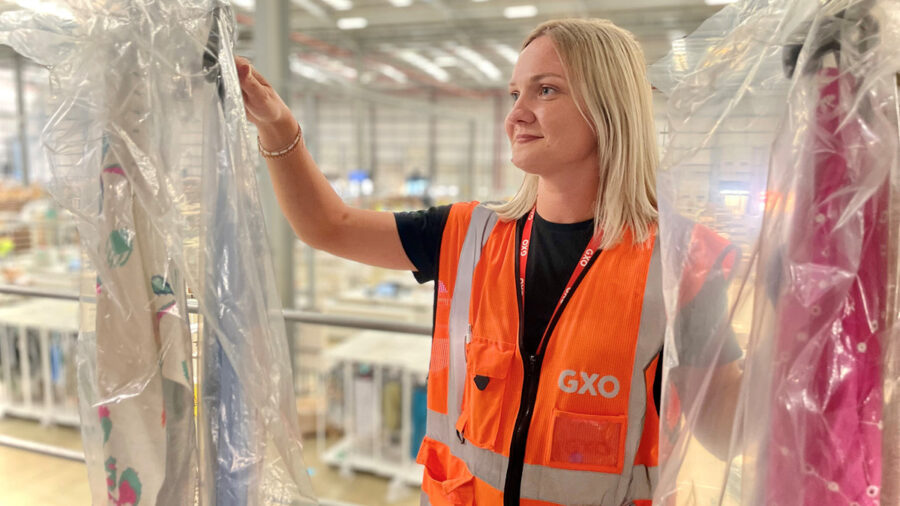
It’s the dream scenario for any growing ecommerce business. All of a sudden, orders come flooding in from around the world as the company and its products take social media by storm.
That dream is a double-edged sword, says Tony Mannix, strategic advisor for retail logistics at GXO. “Orders going off the Richter scale can happen overnight for any business, especially with shoppers looking for values-based enterprises and the power of social channels.”
But a social media slingshot to success can quickly become a fulfilment nightmare for brands, big and small. “When you’re an SME or even a large organisation, you often don’t have the capacity to turbo-charge your scale as rapidly as it is needed. Customer dissatisfaction with your inability to cope could capsize the business as quickly as it launched,” he adds.
To avoid this scenario, as well as prepare for more stable and steady growth, small-to-medium ecommerce players are increasingly turning to the ‘helping hand’ of shared-user logistics services.
Mannix’s background at GXO, which launched GXO Direct shared warehousing in the UK and Ireland earlier this year, has given him a ringside view of this SME support system in action. The company has 30 GXO Direct sites around the UK and Ireland, which provide flexible warehousing space for retailers to scale up and down depending on demand spikes.
“We support SMEs at every stage of the process – from onboarding to providing required management and technical capabilities, to analytics inventory flow predictions – whatever’s needed,” Mannix explains. “Our customers can use all of those services or just try certain options, such as returns management, which, by sharing space and services, reduces costs.”
Supply chains have been battered by Covid and now the war in Ukraine. It’s a torrid environment for both big and small retailers
This model also creates an eco-system of retailers from small ecommerce firms to large retailers such as Liberty and Fujitsu with global ecommerce operations. “As well as sharing tangible resources, costs and efficiencies, there is a huge amount of knowledge-sharing going on between the retailers in each centre. We’ve even seen brands work together on designing sustainable packaging,” says Mannix.
He notes that balancing growth and brand identity is often a sticking point for SMEs that are meaningfully and rapidly scaling, although it needn’t be. US retailer BBQ Guys began with a 65,000 sq ft warehousing space with GXO and has since expanded to 110,000 sq ft as the group has grown. But in its early days, the company built a strategy of flexing up GXO labour and staff hours during special events, promotions and major US holidays.
“Your brand feel remains the same because we look at this through the lens of a single customer,” says Mannix. “We can also help retailers expand internationally, plugging into existing infrastructure so they can take advantage of our retail expertise and resources while they test and grow in new markets.”
Indeed, Mannix says both ecommerce- only firms and large retailers with ecommerce operations are embracing omnichannel models.
“During Covid, online accelerated dramatically because high street shops were shut,” he says. “We’ve come out now, and we’re seeing a greater blend of offline and online with retailers offering shoppers the option to order on mobile and then collect products in-store at their convenience.”
Shoppers are relying less on home ecommerce deliveries as they return to the office in droves. Growing environmental concerns are also a factor. “We all saw our roads clogged up with vans during lockdown, which added to congestion and carbon emissions,” Mannix says. “Businesses like Gymshark, which were online only, now have a physical, experiential store in London and Primark, which was firmly high-street only, now do click and collect on certain products.”
This evolution in connected retail comes at a complicated time for the industry and the wider economy. “Supply chains have been battered by Covid and now the war in Ukraine. It’s a torrid environment for both big and small retailers,” Mannix says.
No one is an expert in everything, particularly in an ecommerce environment defined by change. It makes sense then that the SME segment is finding support and collaboration in a shared-user community.
For more information, visit GXO.com/GXO-Direct or email sales.logisticsuk@gxo.com
